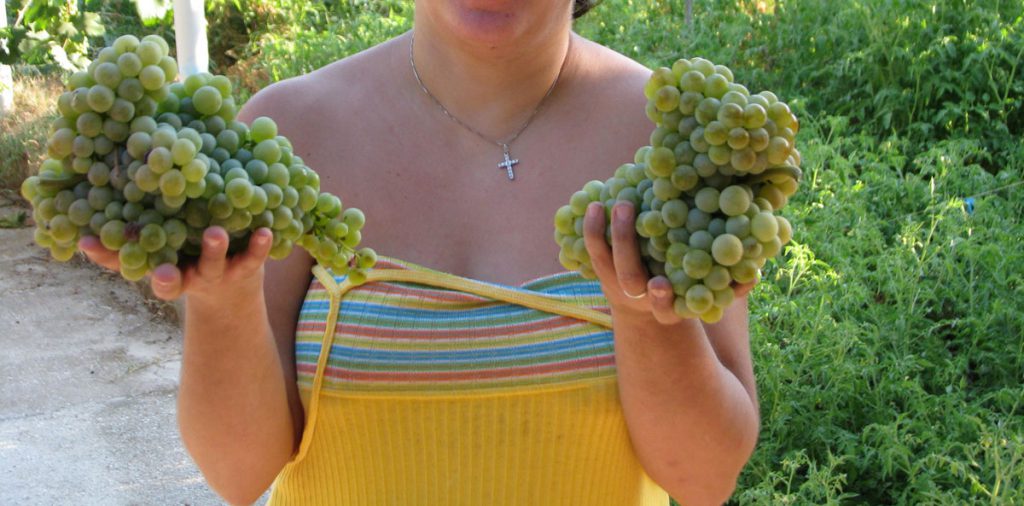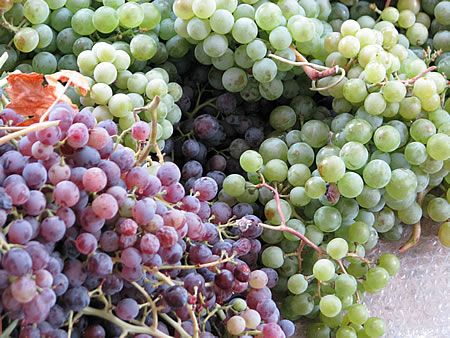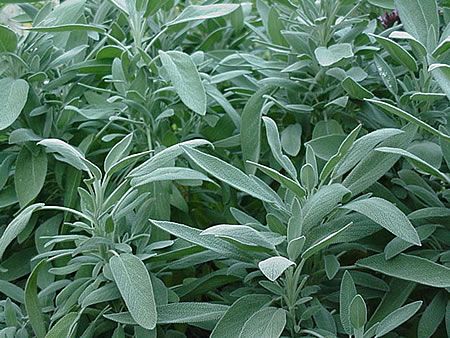From city kid to posting a new vegetable gardener guide.
As a city kid, the only contact I had with vegetables was when we bought them ready-made from the market and when we consumed them. In the majority of cases, I had never seen the plants from which the things we ate came from.
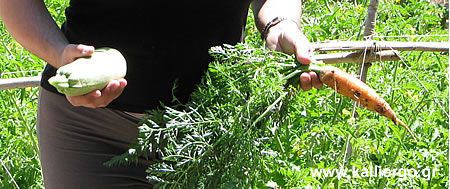
I remember myself, not many years ago, when I decided to start trying to grow our own vegetables. The feelings were mixed. On the one hand excitement and on the other fear and awe of the unknown. I didn’t know where to start, what to do and when to do it. I didn’t know what to plant, when to plant it. I knew nothing about soil, about watering, about diseases and pests of vegetables. Not that I have all that down now. But I’m learning new things every day. The journey of knowledge is always a beautiful journey. The advantage of knowledge about growing is that the result is not theoretical but practical, always tangible and edible.
I shared my thoughts one afternoon with my friend Pavlo Luzi whose father and brother farm professionally and he said: “The day you’ll go into the garden you will pick the first tomato you have produced, open it, bring it close to your nose and smell its aroma, then you will understand what you have been missing all these years…“

So if you want to start growing your own vegetables, this is the best time to make up your mind and start preparing for the Spring and Summer to come.
Growing vegetables in the garden (cottage or home)
If you have a cottage or house with a garden you are one of the lucky ones. You can dedicate a section of your garden to growing vegetables.
Some tips that I hope you find useful in getting started:
Start by growing a small part of your garden
One mistake many new growers make is that they try to grow a lot of vegetables in a large area without having the experience. An area of up to 3 x 3 m (9 square meters) is more than enough to get started. They can fit many vegetables in such a place. Very often, even smaller places such as 1 X 1 m or strips of 1 X 0.5 m are suitable. You don’t need to have whole fields or too much space to start growing.
Vegetables need sun
The part of the garden you choose to grow your vegetables should be in the sun. Vegetables love the sun. They need to see the sun for at least 6 consecutive hours a day. Check the area you have chosen. Are there tall trees around it, are there walls or buildings blocking the sun? If so, then the place is not suitable and you should choose another one.
The soil should have good water drainage
The soil should not hold water. A simple test (you should do this before you dig the soil) is to water the soil well and see if the next day there is still water pooling on its surface. If there isn’t, everything is good. But if there is, you should enrich it with river sand or perlite to facilitate water runoff.
Prepare the soil

Vegetables need the soil to be rich in nutrients. You should start preparing the soil now. Dig deep (15 to 30 cm) in your chosen piece of garden. Dig in the weeds that are present on its surface to achieve green fertilization. Allow the soil to rest for a week and repeat the digging again. Pull up any weeds that have survived. Enrich the soil by adding compost or digested manure. Compost can be found in bags at your local hardware store. Mix the soil well with the compost or manure.
Use a raised bed or raised beds
As an alternative to growing directly in garden soil, you can build and use one or more raised beds made of wood, bricks or concrete blocks. Do not use particleboard (compressed wood) for construction, as it contains dangerous chemicals that will pass through the soil that comes in contact with it to your vegetables.
Choose to place your raising bed in a place where the sun can see it.
The raised bed should be placed on the North-South axis to take advantage of the sun’s entire path across the sky.
In essence, you are making a fenced and elevated area in your garden and filling it with soil of your choice. There are no standard dimensions in terms of the length of the flower bed. But I would suggest the following regarding its width and height. The width should not be more than 1 meter wide. If it is more than 1 meter wide, you will have difficulty reaching the plants that are in the center of the bed. The height should be about 30 cm to contain enough soil to meet the needs of vegetables that grow underground such as carrots, potatoes and beets. You can fill the bed with compost, soil from the garden along with compost or manure, or soil that you order.
To calculate how many cubic meters of soil you will need, multiply the length by the height and width of the bed. Use meters (m) as the unit of measurement. For example, if your raised bed measures:
Length: 1 m (100 cm)
Width: 0.5 m (50 cm)
Height: 0.3 m (30 cm)
then its volume is: L * W * H = 1 * 0.5 * 0.3 = 0.15 cubic meters.
So, you will need 0.15 cubic meters of soil to fill it (or 3 * 50 liter bags of ready-made compost).
Start by growing “easy” vegetables.
I would suggest you start by choosing to grow easy vegetables such as carrots, beets, lettuce, and tomatoes. You can also ask neighbors and/or local agronomists about what vegetables thrive in your area and choose them to grow.
Keep your distance
Vegetable plants need vital space to grow. Vital space, refers to both their root system and their trunk and leaves. You need to maintain spacing for a successful crop.
The recommended way of sowing is in rows. In this case, we distinguish between two sowing distances.
The distance between plants in the same row.
The distance between the rows of plants.
For instructions, please see the article “Spacing for sowing vegetables and herbs“.
Starting with seed or seedlings
In order to start growing, you need the… the relevant plants. These can be obtained in 2 ways. By sowing seeds or buying seedlings.
Seedlings are small plants that have been grown in a nursery and are ready for transplanting. You can find them at grow shops or nurseries at the appropriate times of year. Using seedlings is the safest way for beginners. It’s a good idea to visit a few grow shops or nurseries and find out what they can offer and when.
Starting with seeds. You can also start your plants directly from seeds. Seeds can be found in sachets at many grow shops (check the germination date). You can also get them from neighbors, from the village, from the island, or from the Peliti community. You can also order seeds via the internet.
You can sow the seeds directly in your garden or start them using a simple seed tray. This will create seedlings, which you can then transplant to their final location in the garden.
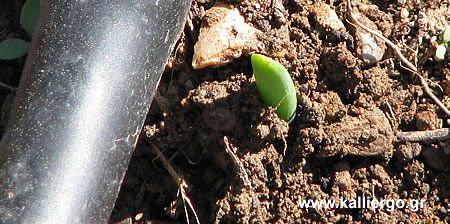
If I were you, I would try both ways. I would buy seedlings, but I would also experiment with the seeds. It is very beautiful to watch a plant being born,to see it emerge from the earth and watch its development until it bears fruit.
When do I sow?
To become a successful grower, you must follow the calendar of Mother Earth. Each plant should be planted at the appropriate time. In the article: “Calendar: When to sow vegetables and herbs“.
Irrigation (watering)
Vegetables need enough water to grow and bear fruit. Especially those that grow in the summer, when ambient temperatures are high and the soil dries out easily, need even more frequent watering.
If you live where you have your garden, things are simple. All you need to do is water them yourself regularly, avoiding getting their leaves wet.
But if you need to be away for several days (e.g. when the garden is at the cottage), you will need to take care of watering them. The easy solution is to ask a neighbor who lives there permanently ,to water them for you (in exchange for a taste of pure vegetables, of course!).
Otherwise, you’ll have to install an automatic watering system. It’s not difficult, you can do it yourself. It consists of the watering controller and hoses. The most expensive part is the watering controller, but don’t forget that you will have it for years. All the materials, you can find them at hardware stores or order them over the internet.
I grow vegetables in the city
Unfortunately I have no experience in this growing environment. What I will write is based on logic rather than experience.
The optimistic thing is that especially in North Europe and USA, even in climates far from the Mediterranean and crop-friendly climate of Greece, too many people are successfully growing vegetables on balconies and terraces.
You can grow vegetables in pots and in garlands. The pots should be tall (over 40 cm) and at least 30 cm in diameter. You can use clay or plastic pots. Herbs can be planted in smaller pots. Place saucers under the pots to collect any excess water and avoid staining the surface of the balcony.
Prepare the pots by putting a layer of gravel at the bottom so that water can drain well. Fill the pot with soil and compost from a nursery. You will find the soil and compost in bags. Do not use compost for flowers. It won’t do.
Place the pots in a place where the sun can see them for at least 6 hours.
Plant seedlings or seeds and water regularly. Clay pots, need more regular watering because clay is permeable and you lose water there too. In general, potted plants need more regular watering than plants planted in soil.
Keep an eye on the progress of your plants. The first year, I would consider it a trial. I would experiment with different plants to see which ones could thrive in the conditions on my balcony. In subsequent years, I would concentrate only on those plants that gave good results.
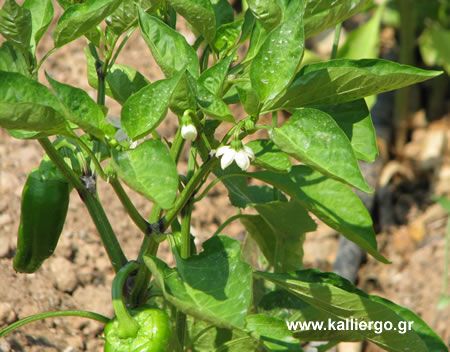
I hope you found these very introductory instructions useful. Whether in the garden or in the city, I wish you a good start and good luck!
Tags: CITY • CULTIVATE • GARDEN • GROWER • GUIDE • HELP • TERRACE • VEGETABLES • VERANDA

